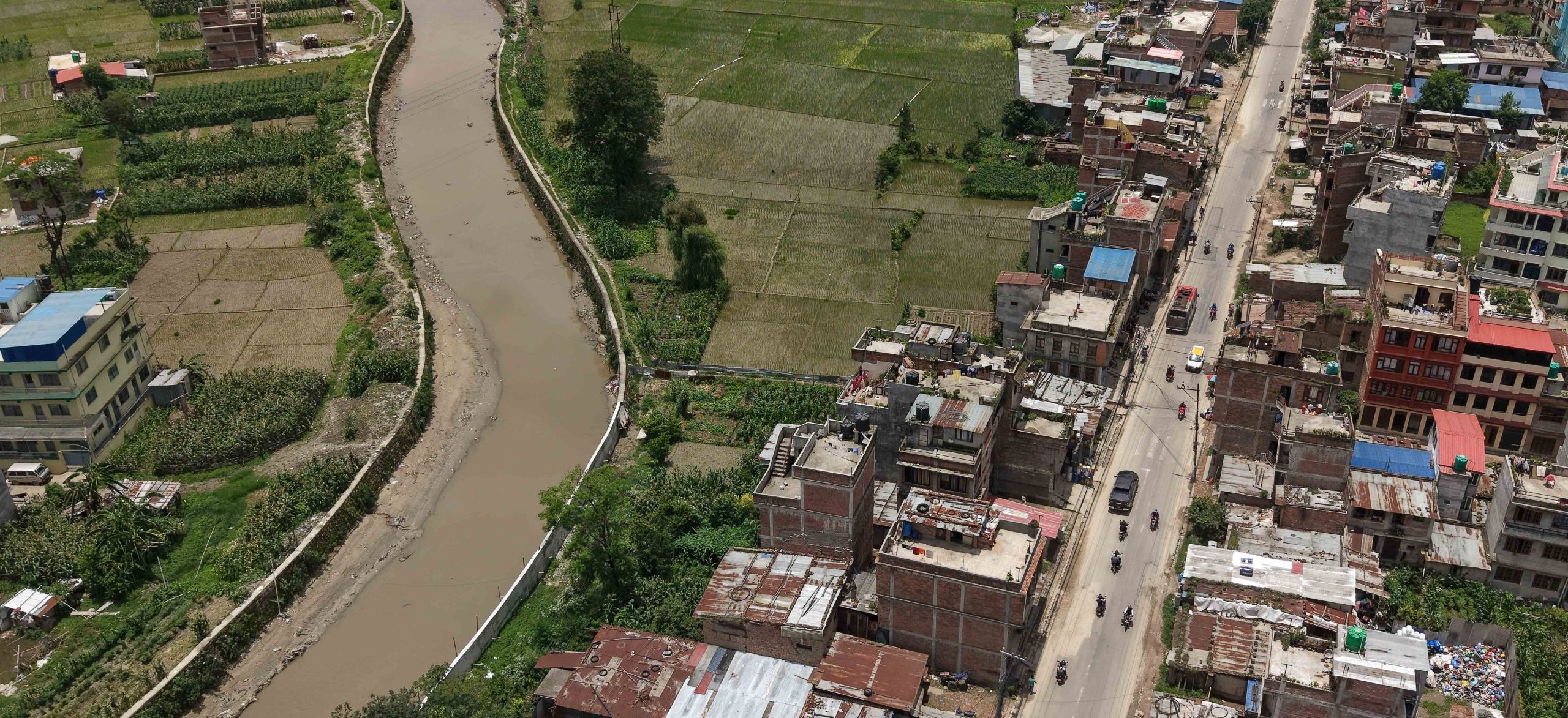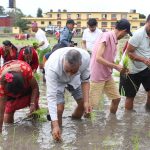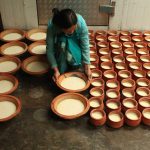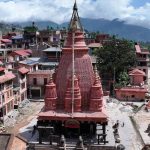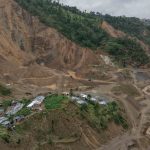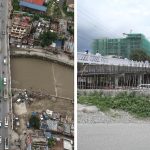Kathmandu: Today, on Asar 15 (June/July), the 22nd National Rice Day is being observed across the country with the theme “Food Security and Self-Reliance through Rice Cultivation.”
Asar 15 is considered the most important day of the year for farmers. According to data from the Department of Agriculture, as of Friday, Asar 13 (June 27), only 15.6% of rice plantations have been completed.
Among the total food crops consumed in Nepal, rice accounts for nearly 80%, making it the country’s staple food crop.
Despite various government efforts to increase rice production and productivity, the statistics of rice imports remain alarming. According to the Department of Customs, in the first 11 months of the current fiscal year, rice worth nearly Rs. 39 billion has been imported. During this period, 2.619 billion kilograms (261.9 million kg) of rice were brought into the country.
Nepal’s annual demand for rice is about 7 million metric tons, of which there is a shortfall of around 1 million metric tons. Data shows that Nepal imports between 1.2 to 1.5 million metric tons of rice annually to meet the gap.
In the current fiscal year 2081/82 (2024/25), rice cultivation has been carried out across 1,420,636 hectares of land nationwide. The Nepal Agricultural Research Council has registered over 140 varieties of rice crops.
Although the soil of the Kathmandu Valley is highly fertile for farming, unplanned urbanization and fragmentation of land have led to the construction of houses and residential areas on agricultural land. While some traditional villages and settlements in the valley still practice farming, in most areas there is now a lack of cultivable land.
As houses are built on arable land, rice imports have increased further. Not only in Kathmandu Valley, but even in rural areas, migration and relocation have resulted in fertile land lying fallow.
(Glimpses of urban settlement in Kathmandu Valley)
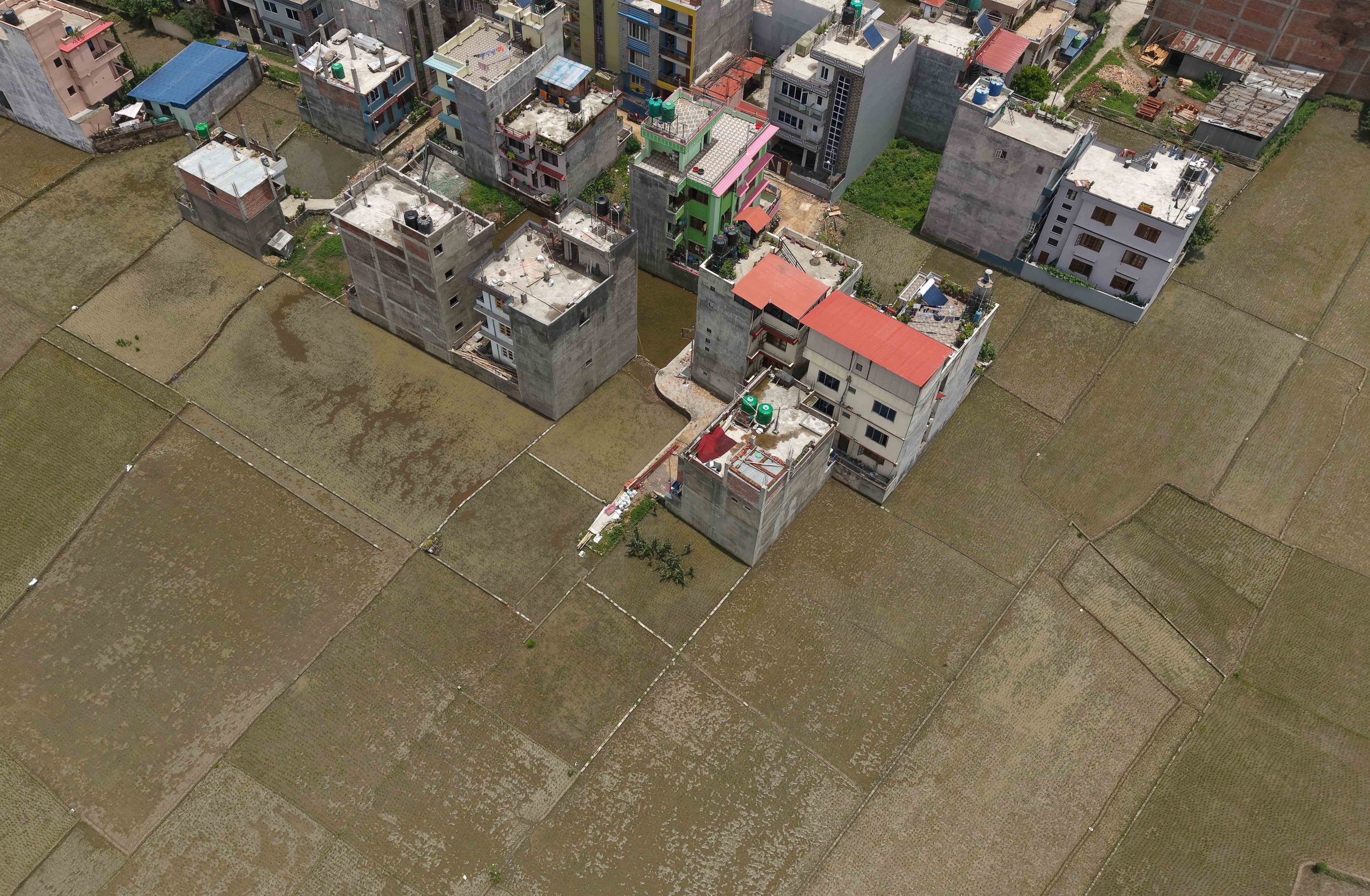
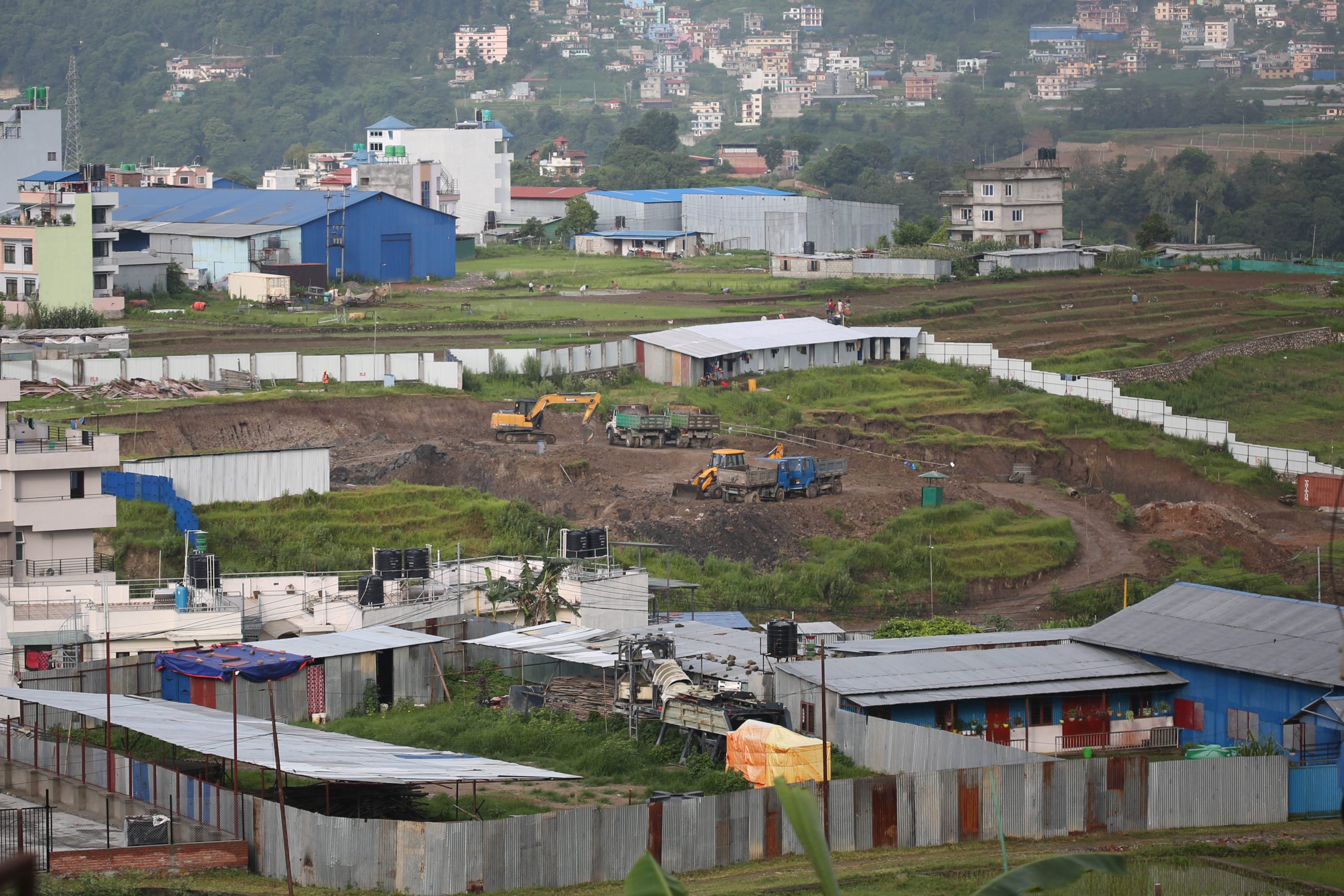
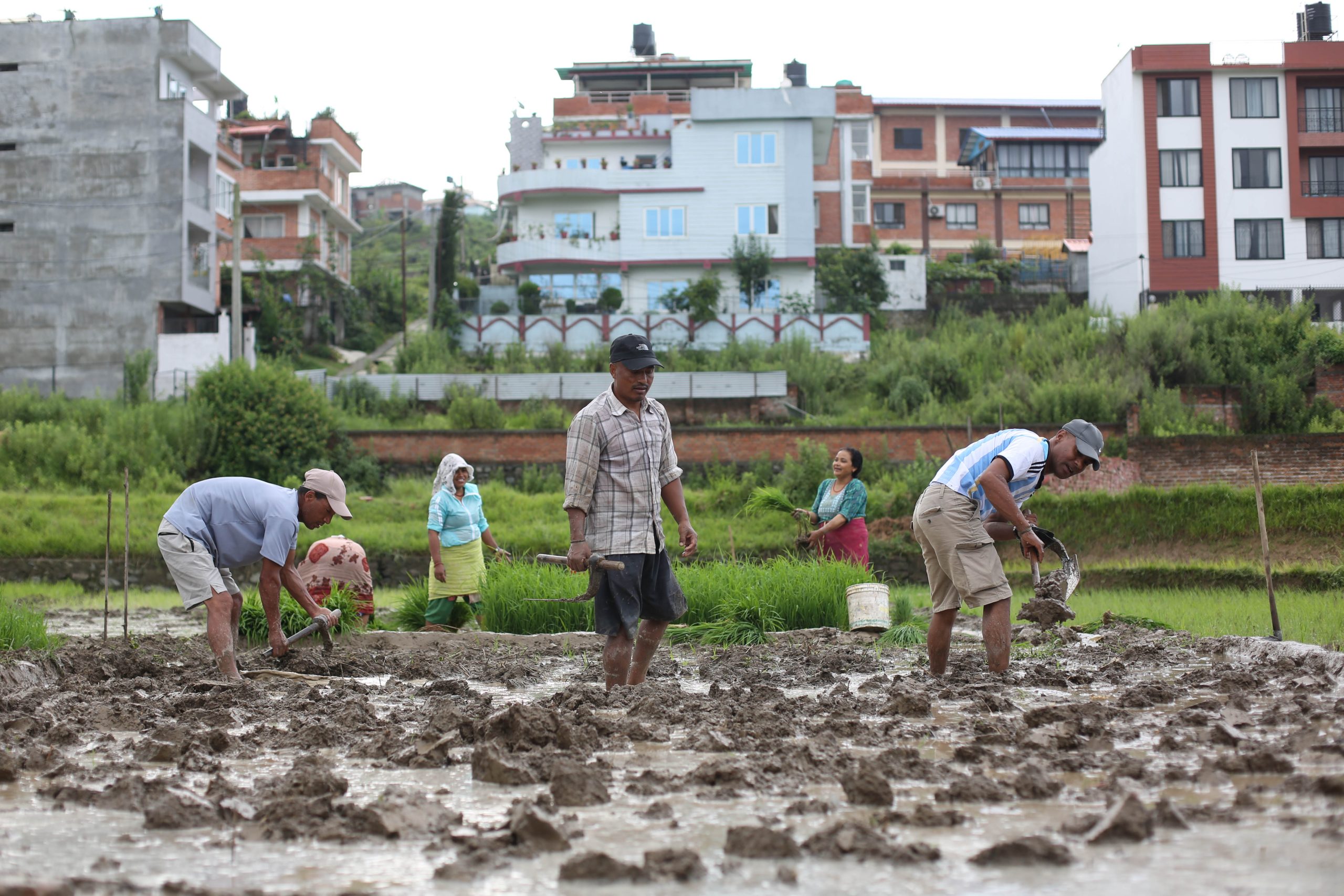
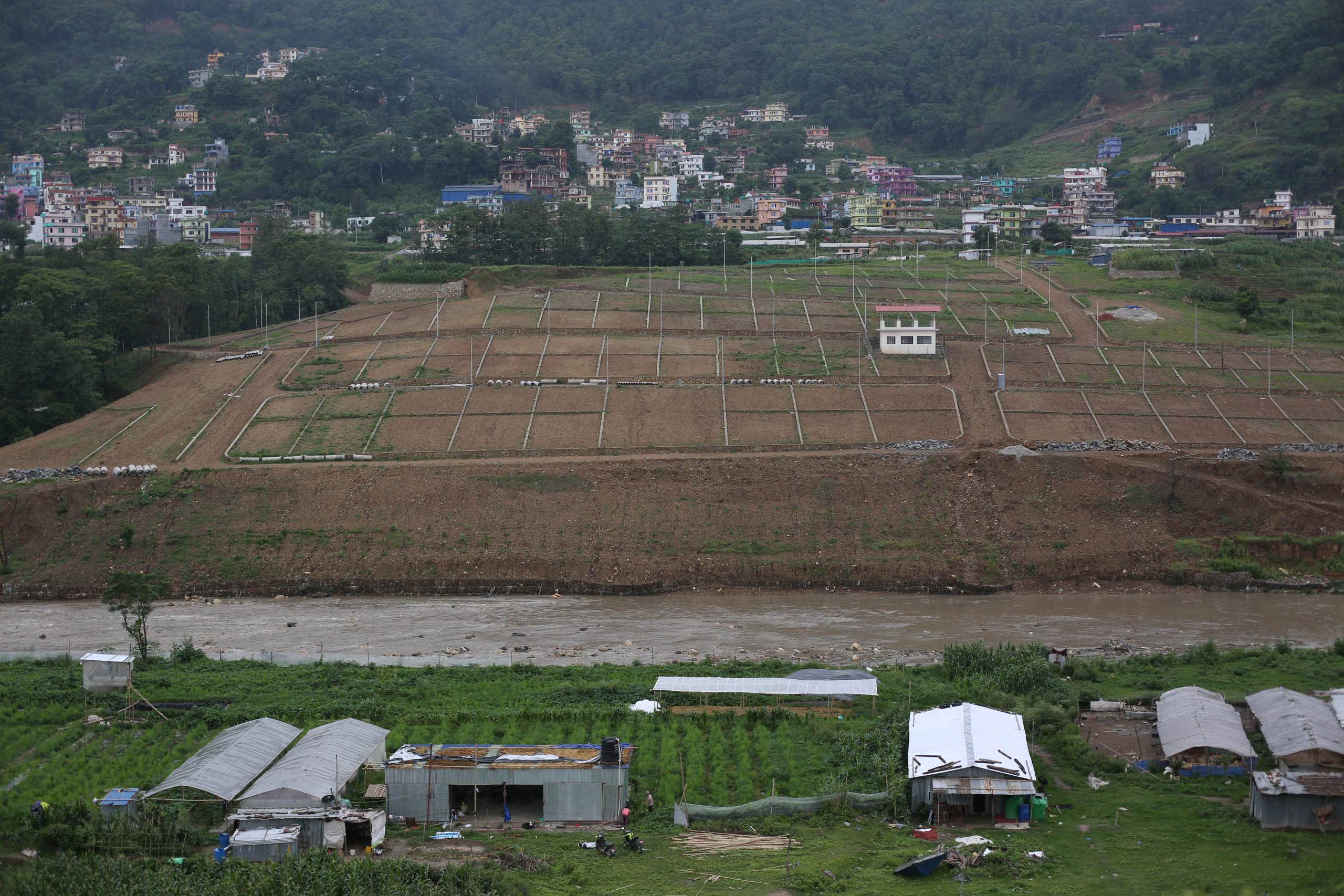

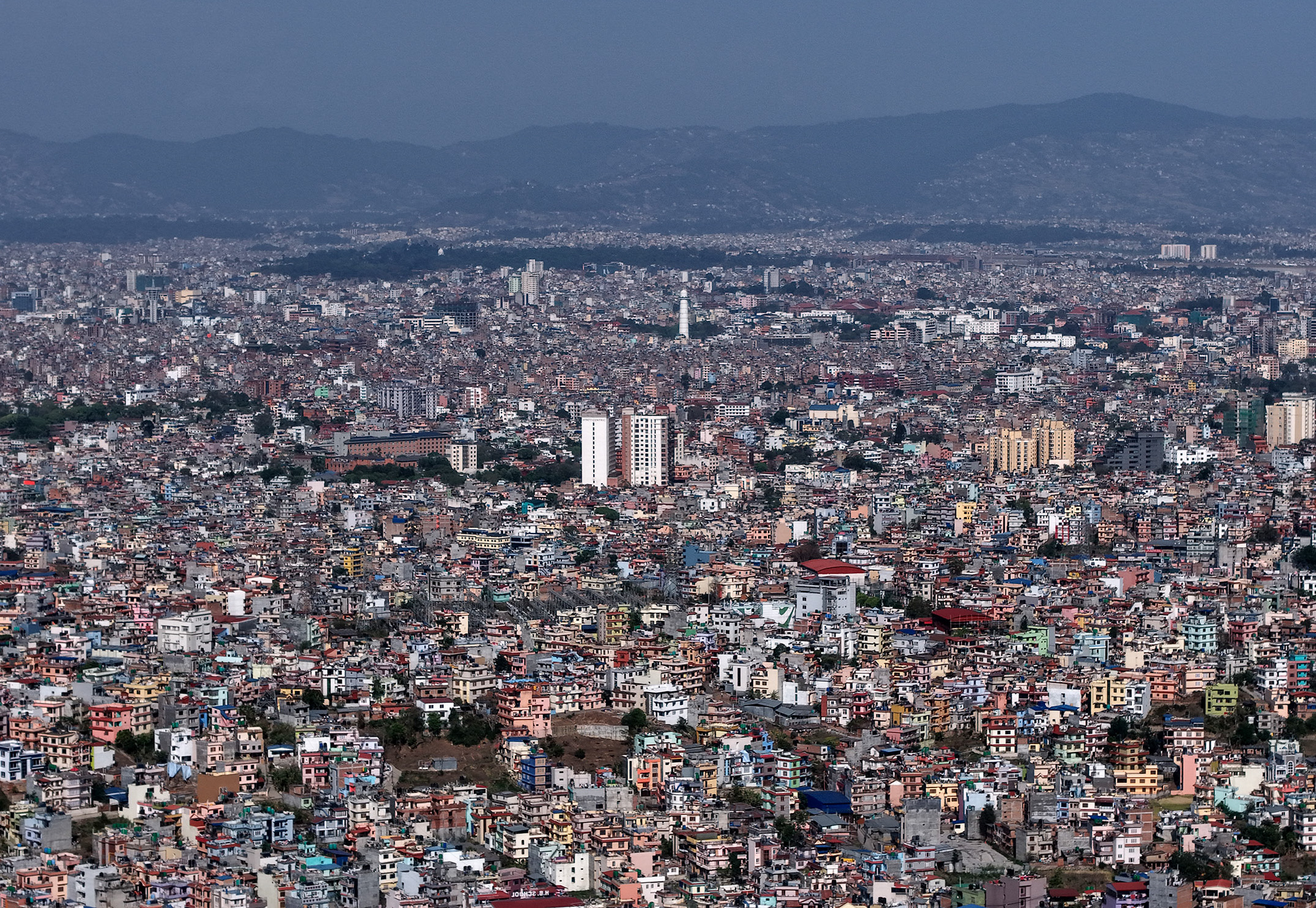
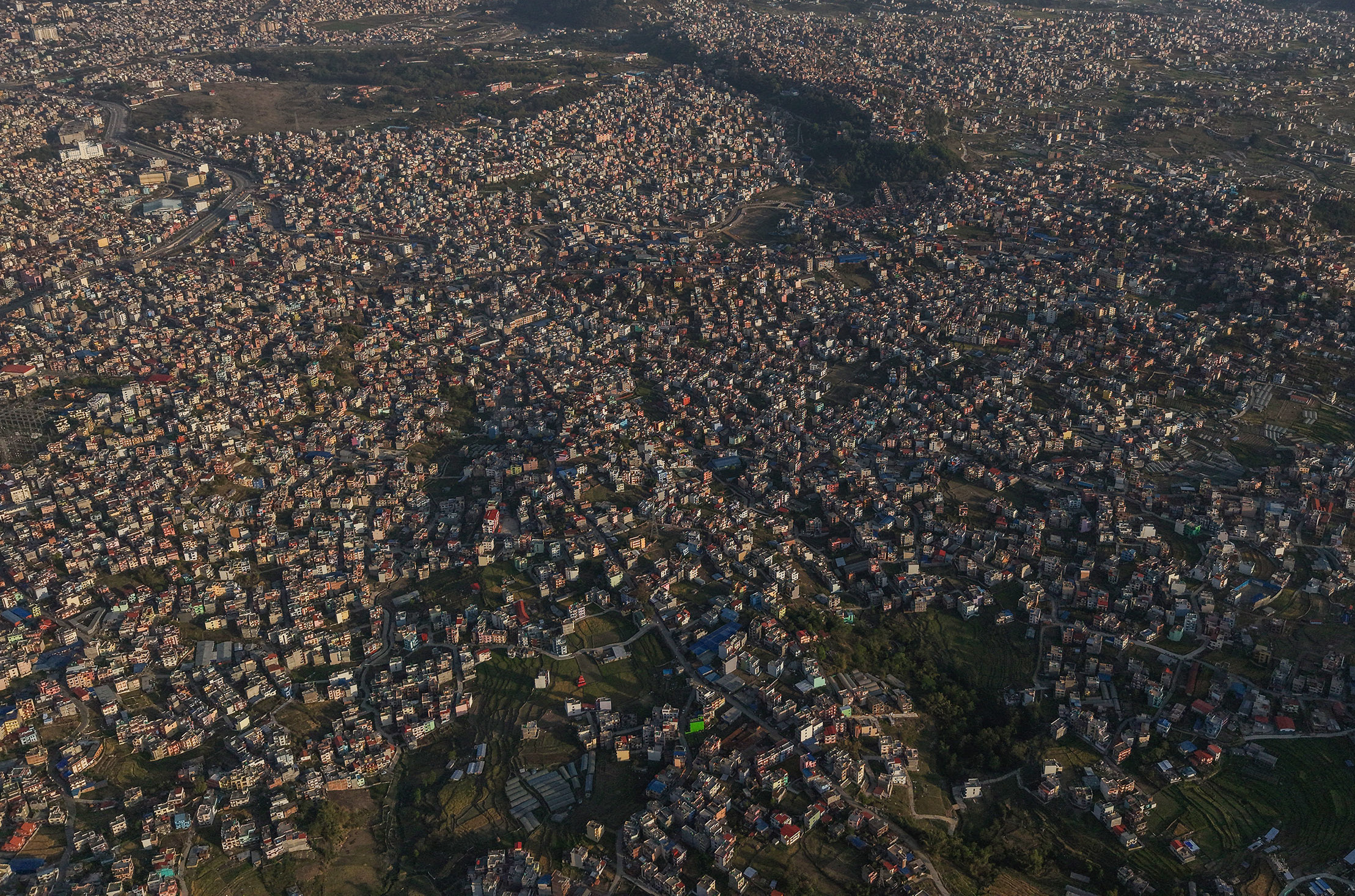


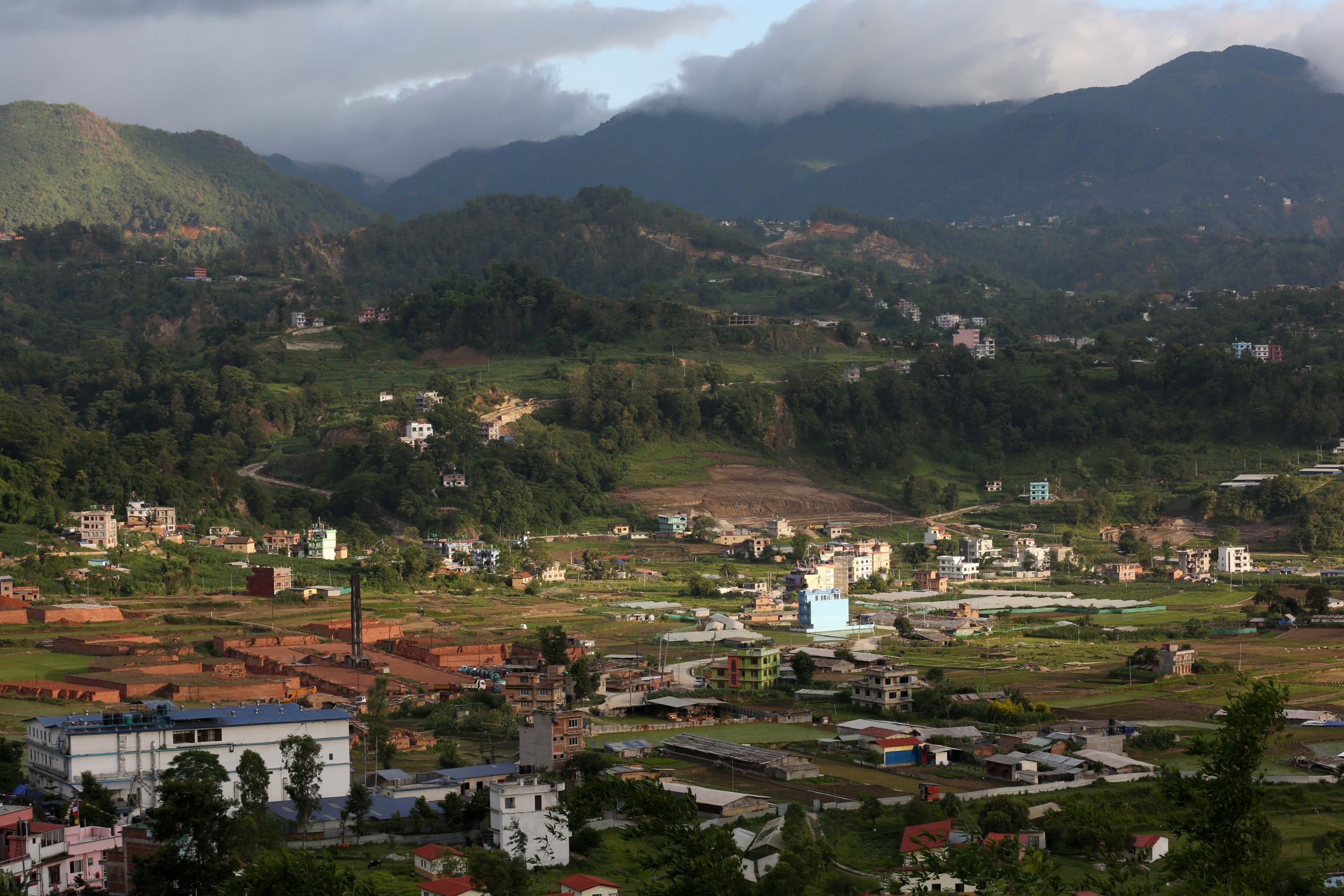
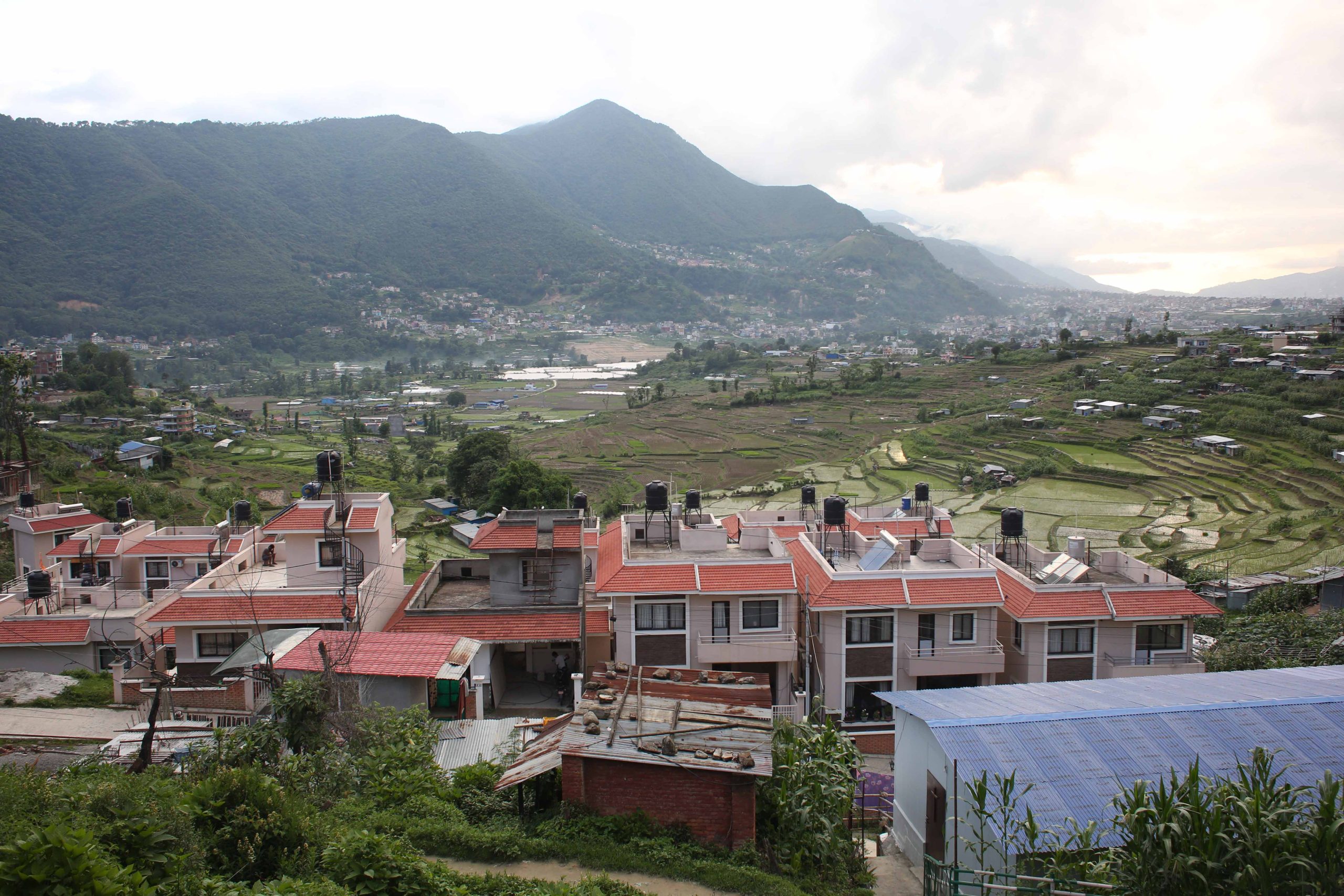
(Photo Courtesy: Nepal Photo Library)
Nepali version of the photo story


